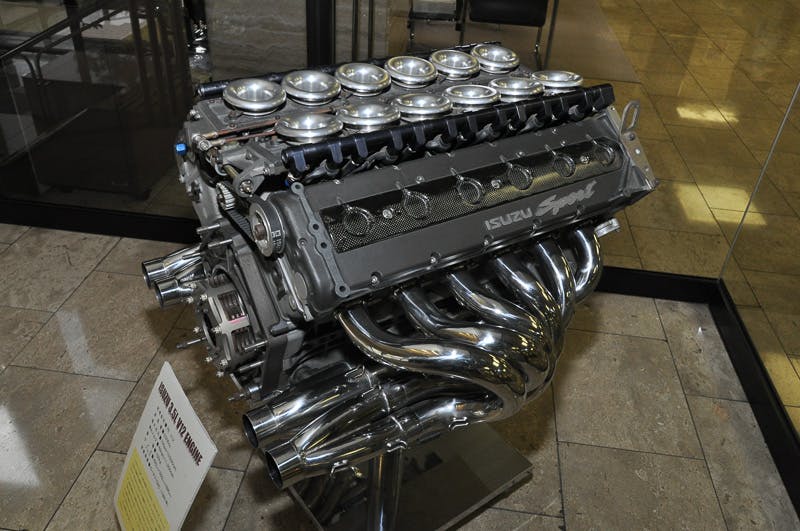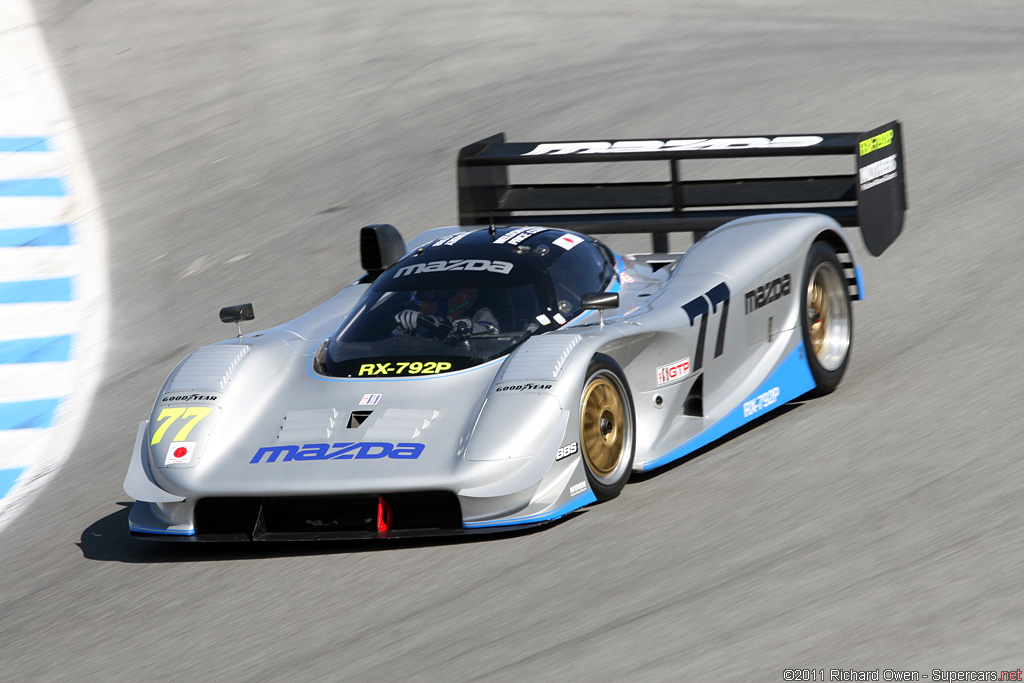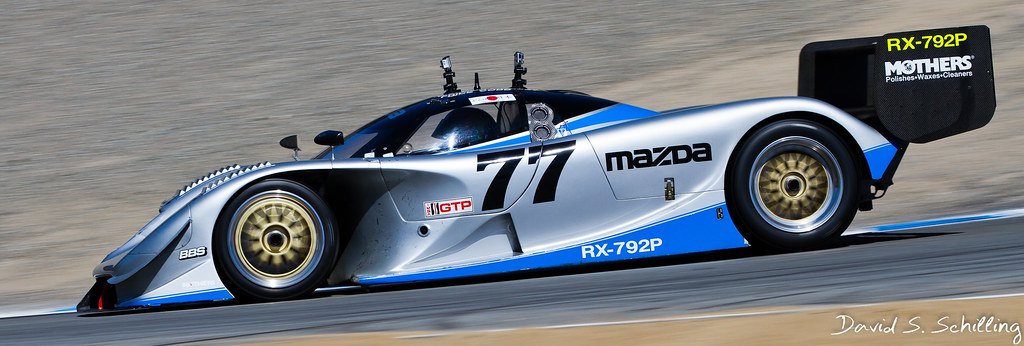another double post alert
The 3.0-litre era of F1 (1995-2005) is best remembered for Michael Schumacher and Ferrari being utterly dominant for the entire first half of the Noughties, winning the Drivers’ and Constructors’ championships, respectively, each year from 2000 through to 2004, but prior to that it was much more competitive. Here are a few other dominant cars that defined the era.
1995 Benetton B195 - Team Enstone’s most successful car ever, with 11 wins during the 1995 season, and the only one to win the Constructor’s Championship before the Renault buyout in 2002. If the B194 established Michael Schumacher’s reputation as a World Champion (though not without controversy), this car most definitely confirmed it - he claimed nine victories that year.
Here it is blasting through the forest section on the old Hockenheimring - a completely different circuit to what it is now:
1996 Williams FW18 - The most successful car in Williams’ entire history, with 12 wins out of 16 races during the 1996 season. Unfortunately, lead driver Damon Hill and chief designer Adrian Newey left the team shortly afterwards, and its successor, the 1997 FW19, became the last Williams ever to win either or both championships, with Hill’s teammate Jacques Villeneuve claiming his last race win and sole world championship that year - making him the last non-European driver ever to accomplish the latter.
If you’ve seen or heard this clip of it trundling down the Goodwood Hillclimb back in 2014, you’ll be reminded instantly of Murray Walker’s immortal quote on Hill winning his one and only World Championship: “…and I’ve got to stop, because I’ve got a lump in my throat!”
1998 McLaren MP4/13 - Yet another Adrian Newey masterpiece, and sadly the last McLaren ever to win the Constructors’ Championship; it also gave Mika Hakkinen his first Drivers’ championship, something the team has claimed only twice since. The introduction of grooved dry tires and a narrower track posed quite a few challenges, but Newey coped with them very easily and the team over-delivered on his expectations.
It was, still is, and will forever be the fastest car ever to complete the Goodwood Hillclimb - Nick Heidfeld set a blistering time of 41.6 seconds 20 years ago, making him the only man to achieve an average speed of over 100 mph on the course (or who could ever have done so, for that matter). Sadly, safety concerns have since made such outright lap record attempts impossible.

All three of these cars are a poignant reminder of what F1 has lost over the years - simpler, better-sounding cars, a whole slew of more challenging circuits, and race-winning cars from what were once part of the Big Three of the sport (Team Enstone’s last win was in 2013, as Lotus; Williams’ and McLaren’s last wins were in 2012). We’re lucky that Williams and McLaren are still around, for if they were to completely disappear from the grid for good, F1 would be virtually unrecognizable - and nowhere near as fun to watch (or race in, for that matter). In fact, it would be a dreadful spectacle, one that I would not want to watch at all.
It’s tragic that F1 has become less competitive, not more, since the 2012 season where there were eight different winners from six different teams - you have to go back to the 2013 Australian Grand Prix to find a race not won by Ferrari, Mercedes-AMG or Red Bull, and to find a race not won by any of these three teams (I’m lumping Brawn GP’s win tally with Mercedes’) or Team Enstone (which includes the current Renault team and the new Team Lotus), McLaren or Williams, you’ll have to go even further back in time, to the 2008 Italian Grand Prix, which was won by Sebastian Vettel in a Toro Rosso. Some of the things which could make F1 more fun, competitive, and unpredictable than it is now include the following, as stated in the links above - and given how overwhelmingly dominant Mercedes has been for the past five seasons (and on current evidence, possibly the 2019 season as well), I’ll go out on a limb to suggest they should have been introduced five years ago:
-
Abandon the current turbo hybrid engine regs and replace them with normally aspirated V12 engines displacing 3.0 litres, capped at 1,000 horsepower each, but with absolutely no hybrid components whatsoever (and therefore no ERS). These new engines wouldn’t just sound better, but be cheaper as well - and it might tempt Cosworth back into the sport after a long absence.
-
Replace some of the more boring tracks (Sochi, Yas Marina, and Shanghai) with a few venues that haven’t been used in a while (Nurburgring, Imola), and find a way to keep Monza, Hockenheim, Barcelona, Silverstone and Mexico City on the calendar - all five of those circuits’ contracts will expire at the end of this season, and it would be a shame if any (or, worse yet, all) of them were to be dropped for good, such is their history.
-
Simplify the aero components (especially the front and rear wings) so that the amount of aerodynamic grip is reduced, making DRS unnecessary. While we’re at it, I’d suggest adjusting the wings’ width and height to make the cars better proportioned than they are now, and increasing the amount of mechanical grip to compensate.
-
Make mid-race refueling mandatory again, to reintroduce a strategic element sadly absent for the past ten seasons, thereby making races more difficult (and rewarding) for the teams and drivers to manage. Also, remove the fuel volume limit entirely to allow the drivers to push as hard as they can whenever possible.
-
Impose a budget cap for every team - $150 million seems reasonable. The top three teams might cry foul over this, but I’d rather see them do the best with what they’ve been given for the sake of a level playing field.
One more item on my wishlist would be for Daniel Ricciardo to join Ferrari, finally giving us the dream team/driver combination I secretly wish were on the grid - in fact, the Australian might well be the only man who, if he were ever to drive for Ferrari, could have a chance of ending Mercedes-AMG and Lewis Hamilton’s reign at the top of the championship standings, given the amount of mistakes Sebastian Vettel has made in the past few years - but sadly that might have to wait until the German leaves Ferrari altogether, given that his new teammate, Charles Leclerc, is already committed to his seat there for the next few seasons.
Still unconvinced? Check this link:
https://www.whichcar.com.au/features/opinion-formula-1-regulatory-system
It’s unlikely that some (or all) of these changes will be introduced in the near future, but given that F1 no longer needs to be relevant to road cars, they might not be such a bad idea after all. On the other hand, if the FIA dithers and leaves things as they are for too long, even after the new car designs are introduced in two years’ time, it’s almost guaranteed that the immense disparity between the haves (Ferrari, Red Bull and especially Mercedes-AMG) and have-nots (every other team) will grow even further, to the point that, in the extreme worst-case scenario, the former three might end up being the only teams left in the sport, period. If that’s progress, I’d rather live in the past.










![[NEW]Nürburgring24h Qualifying 1 in car LEXUS LFA by Ishiura](https://img.youtube.com/vi/lqL1mtGIknc/maxresdefault.jpg)




























